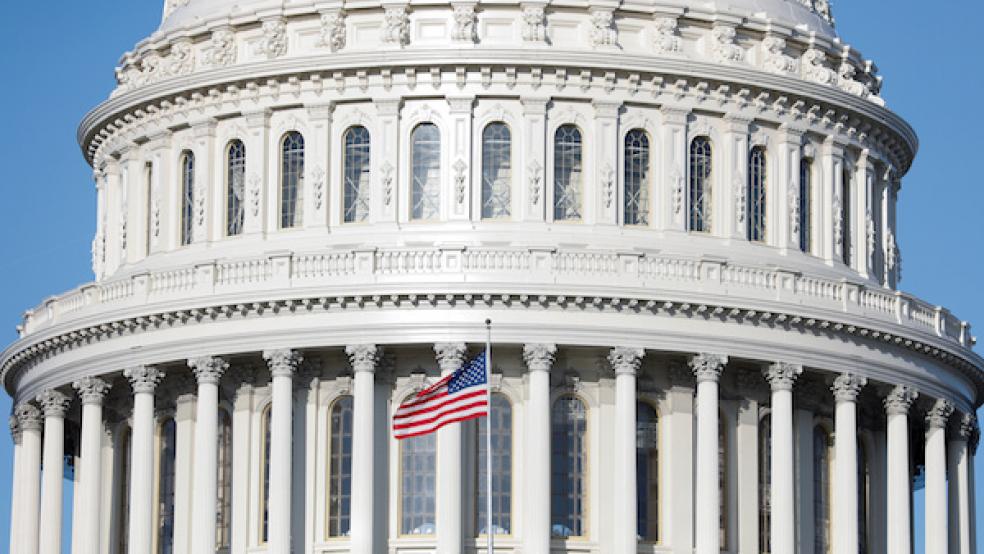As Congress works to add hundreds of billions of dollars more in coronavirus relief funding, it’s clear that the federal budget deficit and national debt are soaring to levels never seen before. The deficit, which was expected to top $1 trillion even before the pandemic struck, is now projected to approach $4 trillion this fiscal year, far exceeding the previous nominal high of $1.4 trillion in 2009. As a share of the economy, the deficit is likely to rise to nearly 20%, a figure topped only during World War II, and debt held by the public is now expected to top 106% by 2023, years earlier than previously projected.
Even the most dedicated of deficit hawks say that the unprecedented deficit spending is necessary and that protecting lives and mitigating economic devastation in the midst of the pandemic should take precedence over long-term debt concerns. But as The Washington Post’s David J. Lynch and Carl Hulse of The New York Times wrote over the weekend, some analysts are warning that, as the sea of red ink rises to historic levels, a reckoning lies ahead.
“We should be very worried,” Atif Mian, an economics professor at Princeton University, told the Post. “We are talking about a level of debt that would certainly be unprecedented in modern history or in history, period. We are definitely at a tipping point.”
There’s scant evidence that debt concerns are currently weighing on markets or further depressing what’s left of the pandemic-plagued economy. Interest rates remain at historic lows, making borrowing more affordable, and most economists expect them to stay low for years. But Torsten Slok, the chief economist at Deutsche Bank Securities, tells the Post that interest rates are being kept low by the Federal Reserve’s emergency bond-buying, which has seen the central bank add more than $2 trillion of loans to its books over the past six weeks — as much as in the four years following the Great Recession, according to the Post.
Some analysts warn that the massive amounts of debt being added will present new challenges for the Fed and Treasury while also threatening to weaken future growth and leave the country less prepared to make much-needed investments or address the next crisis. “Once we get beyond this disaster, some very hard choices will have to be made, or you will have a federal government that is simply crippled in terms of being able to respond to crisis — whether it is a coronavirus or a natural disaster or a military conflict or economic downturn,” Kent Conrad, the former Democratic chairman of the Senate Budget Committee, told the Times.
Others say that the debt fears are overblown. “The point at which the size of the U.S. debt is too great for the market to take on is eons away,” Guy Lebas, the chief fixed-income strategist with Janney Montgomery Scott, told the Post. “If anything, the covid crisis has increased global demand for U.S. debt.”
The fiscal fights ahead: The debt surge may dramatically diminish the political appetite for new debt — and it’s almost certain to spark even more heated battles in Congress over the appropriate levels of taxes and spending. “It is going to make budgeting in the future extraordinarily difficult,” Conrad said.
Those deficit fights, fundamentally, will be much like the ones that have come before, with Republicans ideologically opposed to tax increases and Democrats pushing to maintain spending on key priorities. As Hulse writes:
“The pandemic response will amplify the push and pull that has long shaped the fiscal wars, between those who argue that the answer to deficits is to reduce spending and those insisting that the solution is new revenue streams. Complicating the situation, each side will suspect the other is using the crisis to advance their own policy agendas, as either an excuse to raise taxes or a justification to squeeze spending on programs they already didn’t like.”
Read more at The Washington Post or The New York Times.





